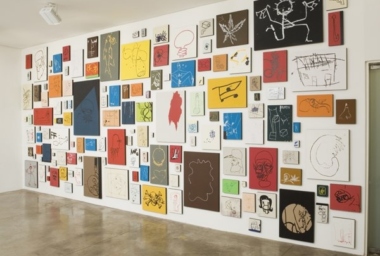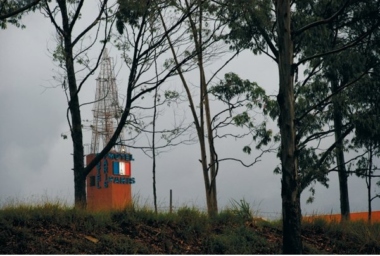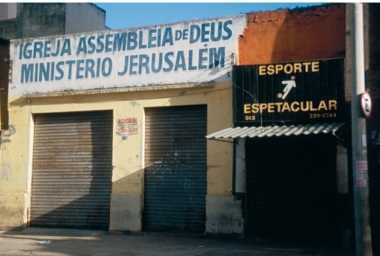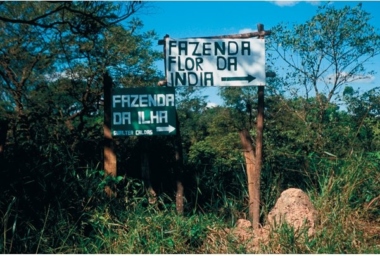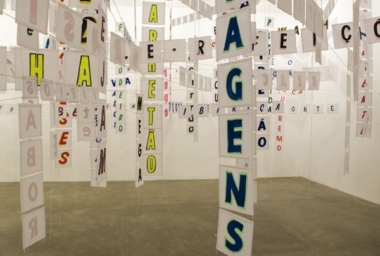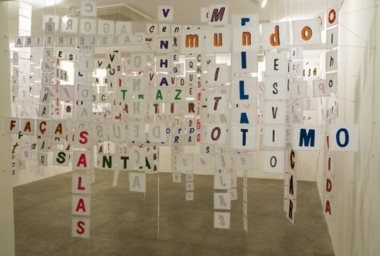Galeria Fortes Vilaça is pleased to present the show Coisa de Ninguém. Coisa de Todos. [No one’s thing. Everyone’s thing.] of works by Rivane Neuenschwander. Installations and novel objects occupy both exhibition halls at the gallery and confirm the singularity and complexity of the artist’s oeuvre.
The works in this exhibition render one of the core themes of Neuenschwander’s production: the appropriation of everyday things that are either ordinarily overlooked or tending to disappear. The artist presents viewers with things that have always been around but that usually go unnoticed to them. She appropriates drawings, urban signage and commonplace furniture, which are homeless or anonymous images and objects. They are things that belong to no one; consequently, they belong to everyone.
The work Atrás da porta (Behind the door) comprises more than 100 silkscreen prints on wood, of various sizes and colors. The printed images were taken from doors and walls of public lavatories in cities such as São Paulo, Belo Horizonte, and New York, and the artist has conserved both their original dimensions and background colors. In addition to addressing the issue of authorship, Atrás da Porta operates in the subtle threshold separating the experiences of public space and private space.
In the installation Uma ou outra palavra cruzada (One or another crossword), Neuenschwander uses numerous square patches of fabric on which she has sewn lettering taken from signage banners that pollute city streets throughout Brazil. Hung on strings from the ceiling and walls, these letters form several words that cross at the viewer’s eye level, re-contextualizing messages and information into a huge tridimensional crossword puzzle. The artist takes an interest in characteristics that are inherent to the things she appropriates, the symbolical, historical and formal content of which she introduces into her work. As she sees it, the appropriation of a found object evinces both conflict and collaboration between “chance and control”.
In Mapa-Múndi/BR (Postal), 65 postcards are placed at the disposition of exhibition attendees, who are invited to help themselves to the cards. The photo illustrations represent different businesses and locations from all over Brazil that ironically were named after foreign cities and countries, such as for example a hotel called Novo México (New Mexico) in a rural town, and the Tokyo building, in downtown São Paulo. Besides, another of the artist’s key concepts comes into play in this work: the spectator’s participation. Without becoming necessarily aware of the fact, exhibition attendees are responsible for the work’s rendition, and so Mapa-Múndi/BR (Postal) gets into motion, is disseminated, and travels the world in like manner as conventional postcards.
Rivane Neuenschwander is one of the most celebrated and most internationally acclaimed Brazilian artists of her artistic generation. She has shown her work at the 50th and 51st editions of the Venice Biennale, 3rd Santa Fe Biennial, 5th Istanbul Biennial, and 24th São Paulo Biennial, among other premier visual arts events. Her 2007 calendar includes taking part in the group exhibition Comic Abstraction at MoMA, in New York, and the 6th Mercosul Biennial. Finally, her works are represented in major museum collections such as, for example, the TATE Modern, in London, and the MoMA, in New York.


